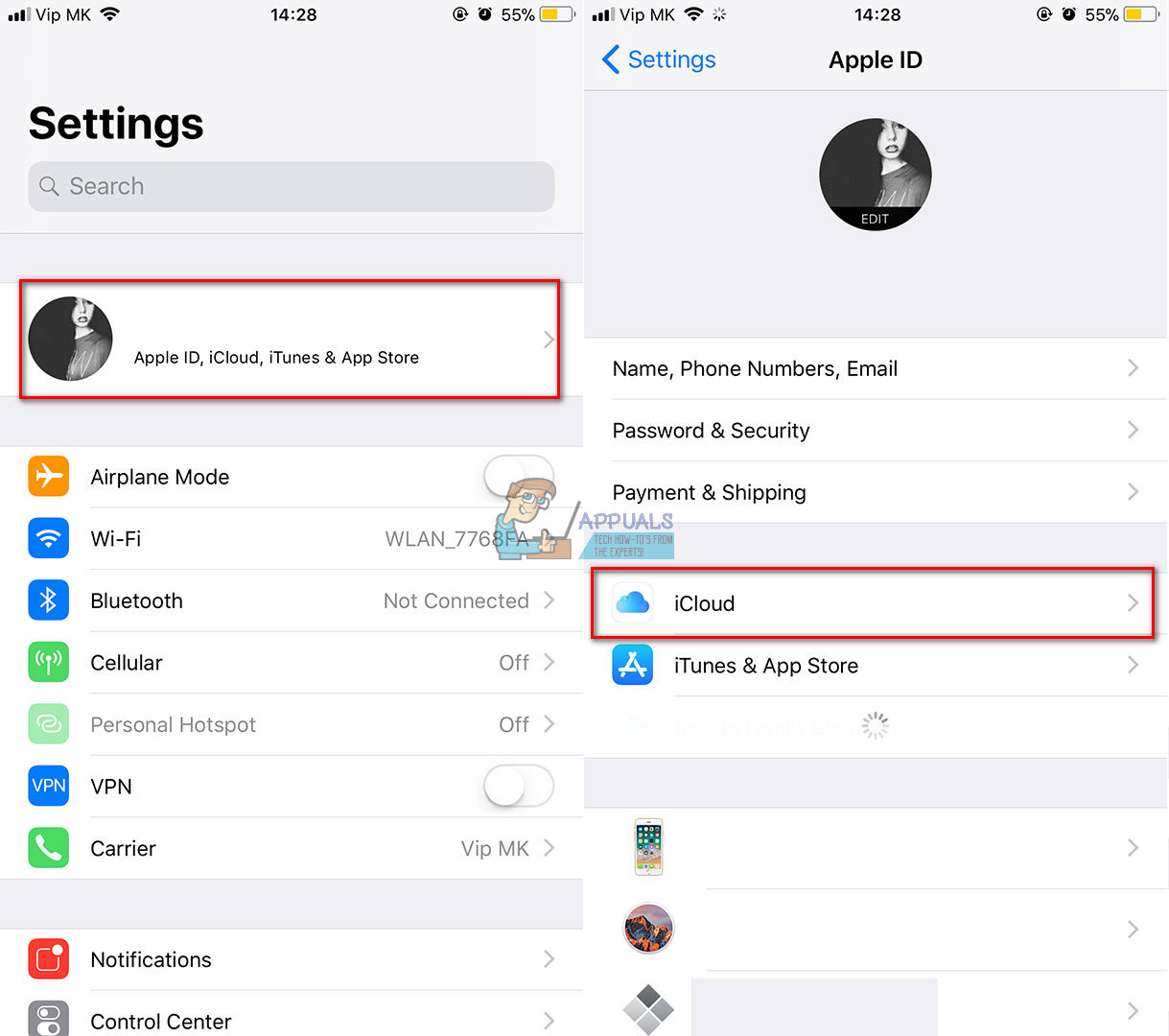How To Unjailbreak Your iPhone
Chinese software team Pangu already released a couple of jailbreaking methods for the latest iOS 11. That means that now users can jailbreak even the most recent iPhone 8/8 Plus and iPhone X, as well as all the older iDevices running iOS 11.
If you are reading our articles, you know that we DO NOT recommend jailbreaking your iPhones and other iDevices. Yes, jailbreaking your iPhone will bring you some additional functionalities and features for you. But, besides the advantages, jailbreaking is a procedure that will void your iDevice’s warranty and has many downsides like performance and security issues. However, many users still decide to jailbreak their devices, and later, they want to get back to the original stock iOS state. But is that unjailbreak process even possible?
Yes, it is possible, and it is even simpler than the jailbreaking process. If you own a jailbroken iPhone 8, iPad, or any other iOS device, and you want to unjailbreak it (reverse it to the original iOS condition), here you can find all that you need. In the rest of the article, I will explain the steps you need to take, to remove the jailbreak from your iDevices.
Backup Your iDevice
Before we start with the first step, let me tell you that unjailbreaking is a process in which you may lose your personal data. So, make sure you perform a full backup of your iPhone or iPad. The best practice is to save your backup file on 2 locations (locally and on the cloud). Here is how can you do an iCloud backup on the latest iOS 11.
- Connect your iPhone, iPad, or iPod touch to a Wi–Fi
- Go to Settings, tap on Your Name and choose iCloud.

- Tap on iCloud Backup and make sure the toggle is ON.
- Now, click on Back Up Now and stay connected to the Wi-Fi network until the process finishes.

If you want to check the progress and confirm if the backup is complete, go to Settings, tap on Your Name, tap on iCloud, and open iCloud Backup. Under the button Back Up Now you can see the time and date of the last backup.
The Unjailbreaking Process
After your device is done with the backup process, you can start with the following steps for unjailbreaking it.
- Connect your iPhone or iPad to your PC or Mac using the original USB cable.
- Launch iTunes on your computer.
- Unlock your iDevice and Turn off Find My iPhone.
- Go to Settings, tap on Your Name and choose iCloud.
- Tap on Find My iPhone and make sure the toggle is OFF. You will need to enter your Apple ID and password, to turn this feature off.

- In iTunes on your computer, select your iDevice when it appears.
- In the Summary panel, click on the Restore button. You’ve just started the unjailbreaking process.
- During the procedure, your device will restart. It will ask you if you would like to restore from a backup Here you can select the iCloud option if you want to restore it from the file that you created earlier.
When the process finishes, your iOS device is back to its factory settings. You will see the usual set-up steps that you had done when you turned on your iDevice for the first time.
Conclusion
The unjailbreaking process that I explained above works the same on every iPhone, iPad, or iPod touch, from the oldest models to the newest ones. It also works on all iOS versions, including the latest iOS 11.
If you ever want to reverse the jailbreak, make sure to check this article. And, do not forget to protect from potential risks with performing a backup on your iDevice before beginning.